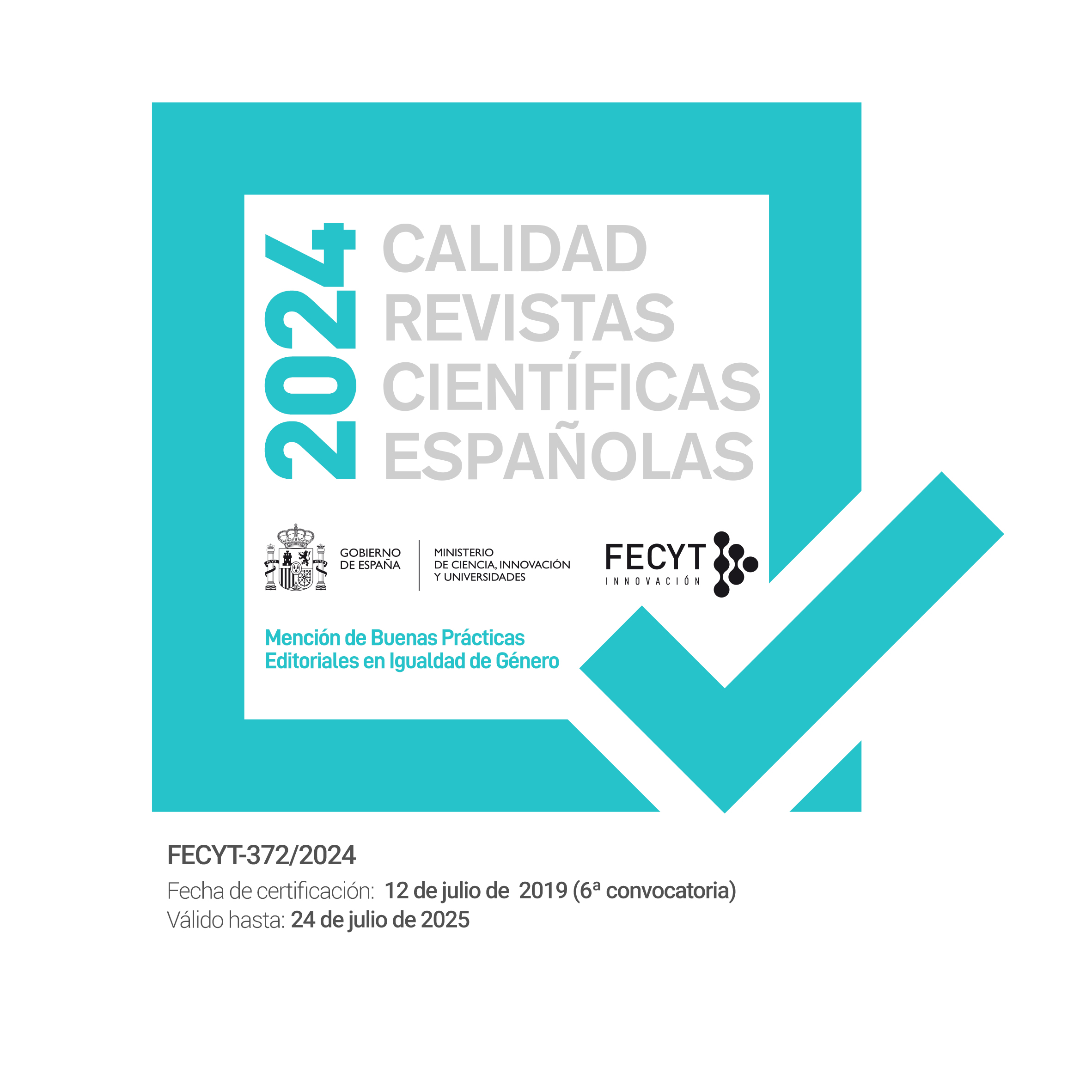'Nostalgia de la luz' de Patricio Guzmán: el cine como máquina del tiempo
DOI:
https://doi.org/10.7203/KAM.2.3163Palabras clave:
Memoria, Nostalgia de la luz, cine, tiempo, objetos, paisaje, Patricio Guzmán. Resumen
Resumen
Resumen: En su último documental, Nostalgia de la luz
(2010), el cineasta chileno Patricio Guzmán va más allá de la concepción de filmes anteriores en los que utilizaba la memoria como tema y motor de los relatos. Ya no se trata solamente de un uso de la memoria como mecanismo para revisitar el pasado, entender el presente y construir el futuro. Ahora el cine como artificio que posibilita metáforas y abre caminos para un viaje por el tiempo se presenta como una máquina de indagación y sondeo, capaz de intervenir sobre los anclajes materiales de la memoria. En este documental, Guzmán incorpora toda la trayectoria de sus filmes anteriores y redobla la apuesta: el cine permite transitar diferentes temporalidades, y en lugar de utilizar los objetos o el paisaje solamente como metáforas y disparadores de memoria, interviene sobre ellos y los pone en diálogo con esas temporalidades para darles un significado.
Palabras Clave: memoria, Nostalgia de la luz, cine, tiempo, objetos, paisaje, Patricio Guzmán.
Abstract: In his last documentary, Nostalgia for the Light (2010), Chilean filmmaker Patricio Guzmán goes beyond the notions of some of his previous films in which he used memory both as a topic and a motor of his narratives. Memory is not just a mechanism that allows the film to revisit the past, understand the present and build the future. More than that, now cinema is an artifice that enables the use of metaphors, opens up paths that lead towards a travel through time and presents itself as a machine of inquiry and exploration, able to intervene on the material anchors of memory. In this documentary, Guzmán incorporates the trajectory of his previous films and doubles down his bet: his cinema is able to go through different temporalities and, instead of having the objects and landscapes be just metaphors or memory triggers, it intervenes on them and lets them engage in a dialogue with those temporalities in order to reach new meanings.
Key Words: memory, Nostalgia for the Light, cinema, time, objects, landscapes, Patricio Guzmán.
 Descargas
Descargas
 Citas
Citas
Boym, Svetlana (2001). The future of nostalgia. New York: Basic.
Cannan, Michael (2013). “Nostalgia de la luz”.
De Certeau, Michel (1984). The Practice of Everyday Life. Berkeley: University of California Press.
Freixas, M. Martí (2006). “Entrevista a Patricio Guzmán”.
Guzmán, Patricio (2008). “Guzmán recibe apoyo de Sundance para su próximo documental”.
Nichols, Bill (1999). Representing Reality. Issues and Concepts in Documentary. Bloomington & Indianapolis: Indiana University Press.
Nichols, Bill (2001). Introduction to Documentary. Bloomington & Indianapolis: Indiana University Press.
Pagni, Andrea. “Memorias de la nación y memorias de la represión en América Latina”. Iberoamericana (2001-) Nueva época 5, 20 (Diciembre 2005): 173-188.
Peris Blanes, Jaume (2009). “Los tiempos de la violencia en Chile. La memoria obstinada de Patricio Guzmán”. Alpha 8, 19: 153-168.
Naficy, Hamid (2011). An Accented Cinema. Exilic and Diasporic Filmmaking. Princeton: Princeton University Press.
Ruffinnelli, Jorge (2008). El cine de Patricio Guzmán. En búsqueda de las imágenes verdaderas. Santiago de Chile: Uqbar.
Descargas
Publicado
Cómo citar
-
Resumen4774
-
PDF4048
Número
Sección
Licencia
Los textos publicados en esta revista están –si no se indica lo contrario– bajo una licencia Reconocimiento-NoComercial 4.0 de Creative Commons. Puede copiarlos, distribuirlos y comunicarlos públicamente siempre que cite su autor y el nombre de esta publicación, Kamchatka. Revista de análisis cultural y no los utilice para fines comerciales. La licencia completa se puede consultar en Creative Commons.
Aquellos autores/as que tengan publicaciones con esta revista, aceptan los términos siguientes:
- Los autores/as conservarán sus derechos de autor y garantizarán a la revista el derecho de primera publicación de su obra, el cuál estará simultáneamente sujeto a la Licencia de reconocimiento no comercial de Creative Commons que permite a terceros compartir la obra siempre que se indique su autor y su primera publicación esta revista.
- Los autores/as podrán adoptar otros acuerdos de licencia no exclusiva de distribución de la versión de la obra publicada (p. ej.: depositarla en un archivo telemático institucional o publicarla en un volumen monográfico) siempre que se indique la publicación inicial en esta revista.
- Se permite y recomienda a los autores/as difundir su obra a través de Internet (p. ej.: en archivos telemáticos institucionales o en su página web) antes y durante el proceso de envío, lo cual puede producir intercambios interesantes y aumentar las citas de la obra publicada.




